 This past Tuesday, CPIP and the Information Technology & Innovation Foundation (ITIF) released our joint report: Innovate4Health: How Innovators Are Solving Global Health Challenges. The report details 25 important healthcare innovations that are being created by and for people in the developing world, where some of the most urgent challenges remain. Each of these innovations is supported by a strong intellectual property system, and many would not be viable without the security provided by these rights.
This past Tuesday, CPIP and the Information Technology & Innovation Foundation (ITIF) released our joint report: Innovate4Health: How Innovators Are Solving Global Health Challenges. The report details 25 important healthcare innovations that are being created by and for people in the developing world, where some of the most urgent challenges remain. Each of these innovations is supported by a strong intellectual property system, and many would not be viable without the security provided by these rights.
The video from our release event this past Tuesday can be found here and is embedded below. The full Innovate4Health report can be found here, and the Executive Summary is copied below. The individual stories can also be found here on the project’s Medium website.
Innovate4Health: How Innovators Are Solving Global Health Challenges
Executive Summary
Many of the world’s biggest challenges are health challenges. The good news is that, more than ever, people are meeting these challenges with innovative solutions.
While we still face great difficulties, people all over the world live better than ever before thanks to innovation. New medicines prevent or alleviate disease. New devices diagnose problems, repair bodies, and overcome physical challenges. Still other inventions keep vaccines and medicines fresh and effective or ensure their authenticity. New business models help innovation to happen and ensure that it reaches those who need it.
Many of these innovations are secured by intellectual property rights, which support the ability of innovators to invent and bring solutions to market. Property rights, particularly intellectual property rights, foster the freedom of many hands and many minds to work on challenging problems. They put decisions in the hands of those closest to problems—innovators with knowledge of potential solutions and caregivers and consumers who understand their own needs best.
With just a bit of reflection, it becomes clear that innovation and the property rights that secure it are key to meeting global health problems. Sometimes, however, the blinding light of necessity makes it hard to see this fact. When people are in need, it is all too easy to grow impatient with the rights of innovators. When that happens, innovators get treated as an obstacle.
We think that better public policy would result from better understanding of how innovation can meet global health challenges. Our organizations, the Center for the Protection of Intellectual Property (CPIP) at George Mason University’s Antonin Scalia Law School and the Information Technology and Innovation Foundation (ITIF), both non-profit, non-partisan research organizations, have teamed up to tell the exciting story of how innovation is making the world healthier.
Our Innovate4Health initiative culminates with this report, profiling 25 original case studies showcasing how innovators, many in developing countries, are tackling life-sciences/healthcare innovation in their nations and across the broader developing world. The 25 case studies are organized into the six following themes:
- Adapting healthcare interventions for environments where resources and infrastructure are challenging;
- Providing affordable and robust tests for diagnosing diseases;
- Improving HIV diagnosis and care;
- Affordable interventions to meet basic needs in challenging environments;
- Getting healthcare to the people in places where it’s hard for people to come to the healthcare;
- Fostering health innovation in emerging economies.
Collectively the case studies tell a compelling and inspiring story of how entrepreneurs are creating IP-enabled life-sciences innovations that are helping to tackle some of the world’s toughest health issues.
To read the report, please click here.
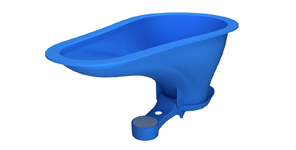 In 2012, with
In 2012, with 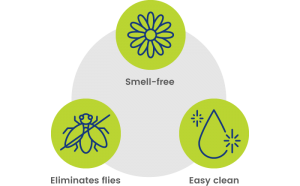 Access to proper sanitation and clean water is vital for the
Access to proper sanitation and clean water is vital for the 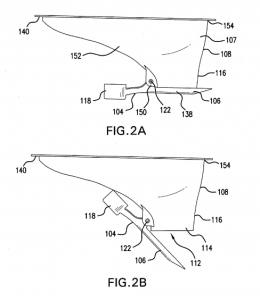 Invented by Jim McHale, Daigo Ishiyama and Greg Gatarz, the
Invented by Jim McHale, Daigo Ishiyama and Greg Gatarz, the 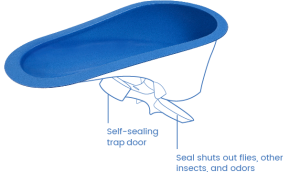 Crucially, the design of the pan allows for potential variations according to local customs and demands, such as using the facilities by squatting or sitting or adapting to the shape of the pit for the latrine. The core concept around which the pan is based is the counterweighted “flapper” itself. The counterweight is specifically set so that the flap remains closed until the additional force of water – not just the waste itself – is poured into the pan. The pour-flush mechanic also creates a liquid seal, with a minimal amount of water remaining on top of the flap after use to help ensure prevention of transmission of insects or gases. This approach, utilizing a basic mechanism while leaving room for responsive adjustments in design, allows the SaTo pan to be adapted globally while maintaining a simple but effective means of providing basic health benefits.
Crucially, the design of the pan allows for potential variations according to local customs and demands, such as using the facilities by squatting or sitting or adapting to the shape of the pit for the latrine. The core concept around which the pan is based is the counterweighted “flapper” itself. The counterweight is specifically set so that the flap remains closed until the additional force of water – not just the waste itself – is poured into the pan. The pour-flush mechanic also creates a liquid seal, with a minimal amount of water remaining on top of the flap after use to help ensure prevention of transmission of insects or gases. This approach, utilizing a basic mechanism while leaving room for responsive adjustments in design, allows the SaTo pan to be adapted globally while maintaining a simple but effective means of providing basic health benefits.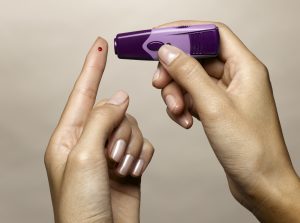 One solution to these problems is to effectively move clinics to the patients through
One solution to these problems is to effectively move clinics to the patients through 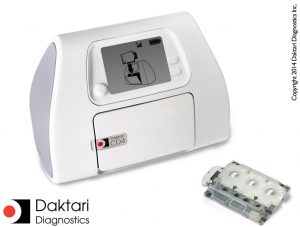 Daktari (Swahili for “Doctor”) Diagnostics is working on the development of a point-of-care testing platform that meets the ASSURED standards. Daktari’s portable point-of-care platform,
Daktari (Swahili for “Doctor”) Diagnostics is working on the development of a point-of-care testing platform that meets the ASSURED standards. Daktari’s portable point-of-care platform, 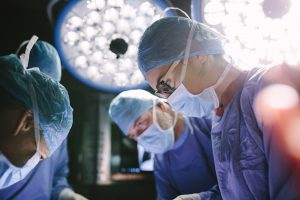 The problem of access to surgical care may be particularly acute in conflict zones, where the need is often the greatest. Getting much-needed surgical expertise in war-ravaged countries is already a nearly impossible task. To make matters worse, in such countries as Syria, Yemen, and Sudan,
The problem of access to surgical care may be particularly acute in conflict zones, where the need is often the greatest. Getting much-needed surgical expertise in war-ravaged countries is already a nearly impossible task. To make matters worse, in such countries as Syria, Yemen, and Sudan, 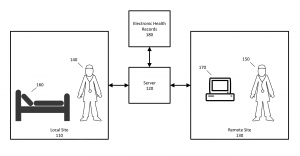 The augmented reality technology that Ahmad and his team developed, also called Proximie, is simple. It uses any pair of computers, tablets, or smartphones with cameras. One unit is located at the site of surgery, and the other is at a remote location. A surgeon at the remote location can observe the surgical field as 2D or 3D images or a real-time video feed. Using a touchscreen, the remote surgeon can make markings that are overlaid on the images of the surgical field and transmitted to the surgical site. For example, the remote surgeon can mark where to make an incision. The remote surgeon and the local team can communicate with each other by audio or text.
The augmented reality technology that Ahmad and his team developed, also called Proximie, is simple. It uses any pair of computers, tablets, or smartphones with cameras. One unit is located at the site of surgery, and the other is at a remote location. A surgeon at the remote location can observe the surgical field as 2D or 3D images or a real-time video feed. Using a touchscreen, the remote surgeon can make markings that are overlaid on the images of the surgical field and transmitted to the surgical site. For example, the remote surgeon can mark where to make an incision. The remote surgeon and the local team can communicate with each other by audio or text.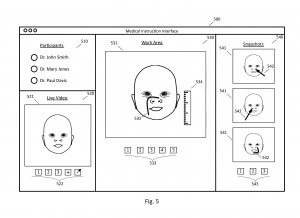 Proximie conducted its initial trials in 2015 in collaboration with the Global Smile Foundation. Surgeons in the U.S. guided teams in Peru and El Salvador in repairing cleft palates of local children. The following year, surgeons in Gaza, Syria, and Iraq performed wound surgeries assisted by their colleagues in Lebanon using Proximie.
Proximie conducted its initial trials in 2015 in collaboration with the Global Smile Foundation. Surgeons in the U.S. guided teams in Peru and El Salvador in repairing cleft palates of local children. The following year, surgeons in Gaza, Syria, and Iraq performed wound surgeries assisted by their colleagues in Lebanon using Proximie. This drinking water crisis disproportionately affects the poor in the developing world. However, problems with access to safe drinking water may arise in any part of the world due to man-made or natural disasters—including in the United States. One recent example is the
This drinking water crisis disproportionately affects the poor in the developing world. However, problems with access to safe drinking water may arise in any part of the world due to man-made or natural disasters—including in the United States. One recent example is the  The pesticide removal technology developed by Dr. Pradeep and his colleagues works by utilizing the ability of
The pesticide removal technology developed by Dr. Pradeep and his colleagues works by utilizing the ability of 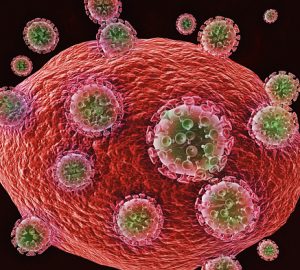 ART
ART 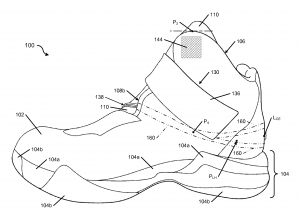 The letter from Walzer explaining the challenges he faced made its way to Tobie Hatfield, the Senior Director of Athlete Innovation at Nike, who
The letter from Walzer explaining the challenges he faced made its way to Tobie Hatfield, the Senior Director of Athlete Innovation at Nike, who 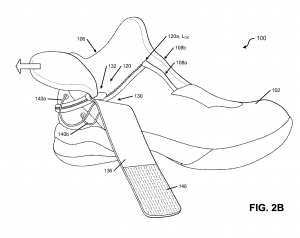 The Nike Ease Challenge
The Nike Ease Challenge 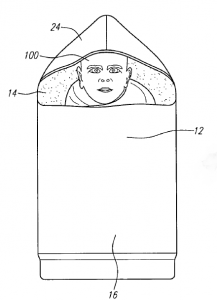 Specifically, there has been a need to design infant incubators that address the unique challenges of the developing world.
Specifically, there has been a need to design infant incubators that address the unique challenges of the developing world. 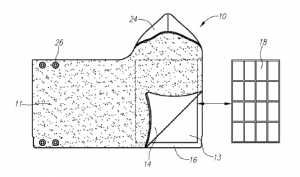 These materials are called “phase change materials” because they melt or solidify (in other words, they change phases) near body temperature. People normally think about the transfer of heat energy as making one thing warmer or another thing colder, but this is not true during a phase change. For example, during solidification, the material releases heat energy, which can be used to keep the infant warm, but it maintains its own temperature because the heat comes from the process of solidification rather than a loss of temperature.
These materials are called “phase change materials” because they melt or solidify (in other words, they change phases) near body temperature. People normally think about the transfer of heat energy as making one thing warmer or another thing colder, but this is not true during a phase change. For example, during solidification, the material releases heat energy, which can be used to keep the infant warm, but it maintains its own temperature because the heat comes from the process of solidification rather than a loss of temperature.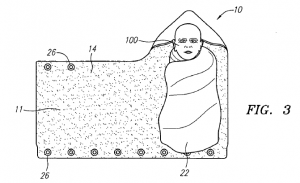 To further advance their invention, the team founded the Embrace Innovations company and have begun developing a strong
To further advance their invention, the team founded the Embrace Innovations company and have begun developing a strong 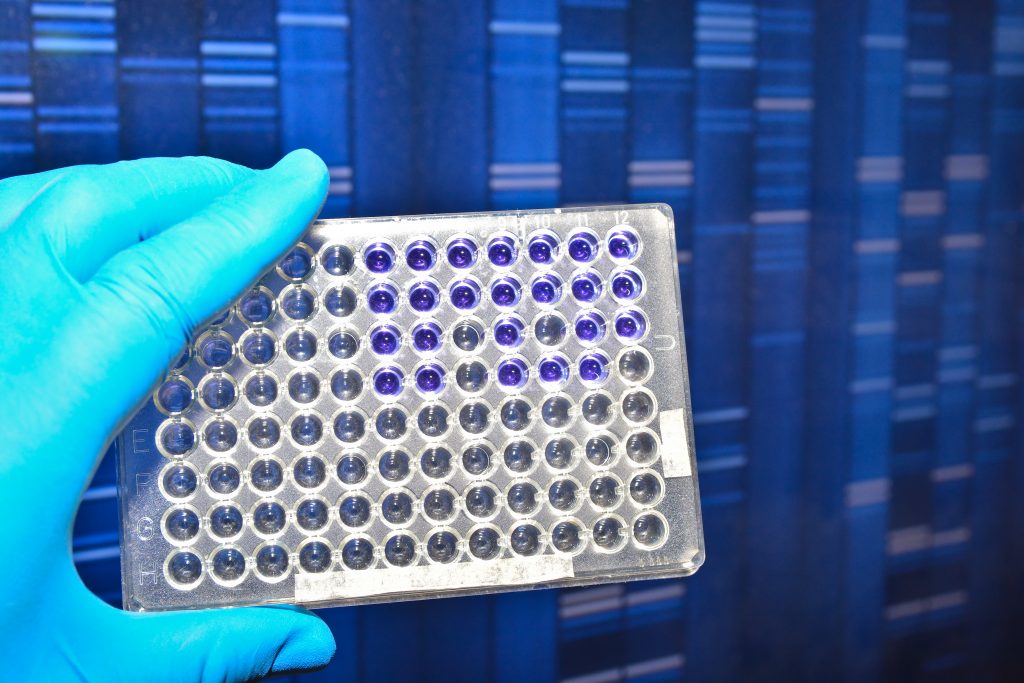 Miriam achieves its goals through a
Miriam achieves its goals through a 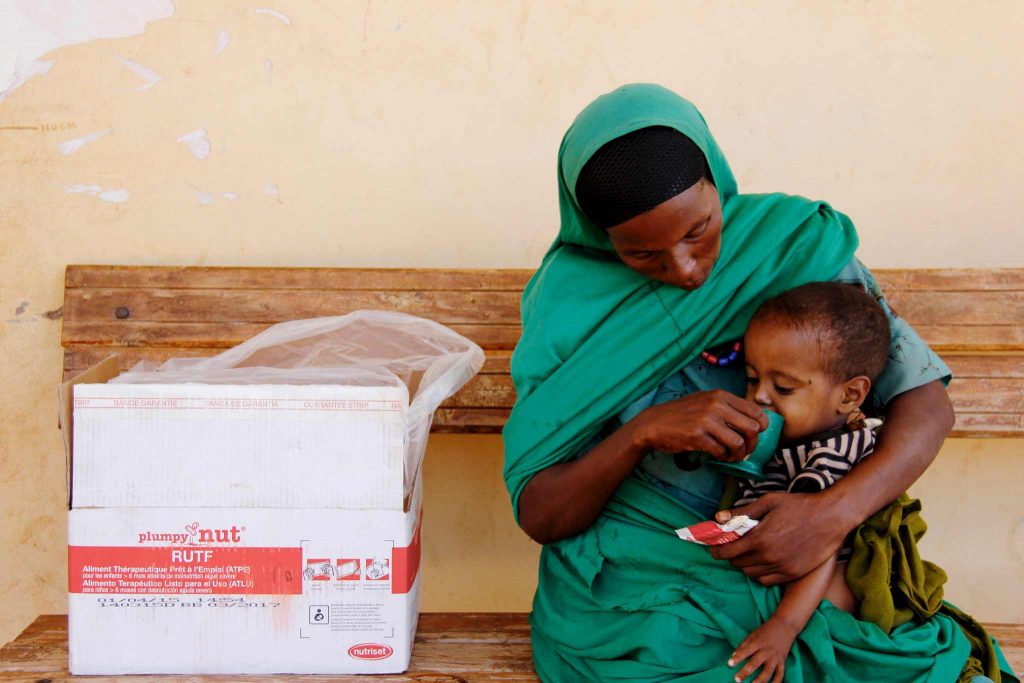 Plumpy’Nut® has a long, 2-year shelf-life, is formulated to avoid diarrhea-type side effects, and can be eaten right out of the packet, eliminating the risks of dosage errors and contamination associated with mixing a powder with water. Plumpy’Nut®’s long shelf-life, effectiveness, and ease-of-use have led to a rise in
Plumpy’Nut® has a long, 2-year shelf-life, is formulated to avoid diarrhea-type side effects, and can be eaten right out of the packet, eliminating the risks of dosage errors and contamination associated with mixing a powder with water. Plumpy’Nut®’s long shelf-life, effectiveness, and ease-of-use have led to a rise in